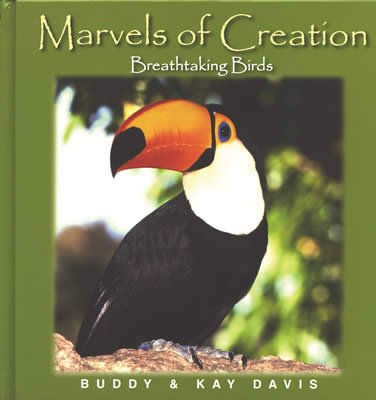Great Cormorant
The great cormorant can be found worldwide.

The great cormorant can be found worldwide on the coasts of the North Atlantic, southeastern and northern Europe, East and South Africa, South and East Asia, parts of Central Asia, Japan, Australia, and New Zealand.
The great cormorant has a very sleek shape, dark in color with a long neck and a long, serrated beak with a hooked tip. The chin and sides of the face are white. The strong webbed feet give it power underwater.
Because its feathers are not waterproof, the cormorant can often be seen perched on a rock, tree, or boat with its wings outstretched as it dries its feathers. However, some believe that they are not drying feathers, but catching thermal heat to raise their body temperature.
Its feeding grounds are shallow, inshore waterways where it can dive to catch its prey. When it reaches its prey, it snaps its bill shut, gripping the fish with its serrated beak as it brings it to the surface to swallow it. Fish are the main food, but cormorants also catch crabs, eels, and frogs. They dive and swim underwater using their tail as a rudder and strong thigh muscles and webbed feet for propulsion. The cormorant can stay submerged for up to 60 seconds and can dive 30 feet (9.1 m).
The great cormorant nests in both coastal and inland areas in trees, on the ground, and on cliffs. The nest is a mound made of sticks and dried seaweed about three feet across. Both parents incubate three to four eggs for about 28 or 29 days. They feed the chicks for about two months and the young will return to the nest site to feed for another six weeks.
Fishermen do not like to see their rival, the cormorant. However, in parts of Asia, people use the cormorant to catch fish for them. Placing a ring around the cormorant’s neck to prevent it from swallowing the fish, they put it on a long rope enabling it to hunt underwater for the fish.
Great Cormorant
Pelecaniformes • Phalacrocoracidae
Phalacrocorax carbo
Weight: 4 to 8 pounds (1.81–3.63kg)
Length: 36 inches (92 cm)
Life Span: 20 years
Special Design Feature: A sleek shape, a long serrated bill and powerful
webbed feet equip the great cormorant for catching its prey.
Did you know? In parts of Asia, people use cormorants to catch fish.
They tie the birds to boats with long leads and allow them to hunt underwater.
A ring around the bird’s throat prevents it from swallowing the fish.
Marvels of Creation: Breathtaking Birds
This spectacular book brings the world of feathered creatures alive in a unique and colorful way.
Browse Kids Book- © 2025 Answers in Genesis
- Privacy Policy
- Contact
- About

